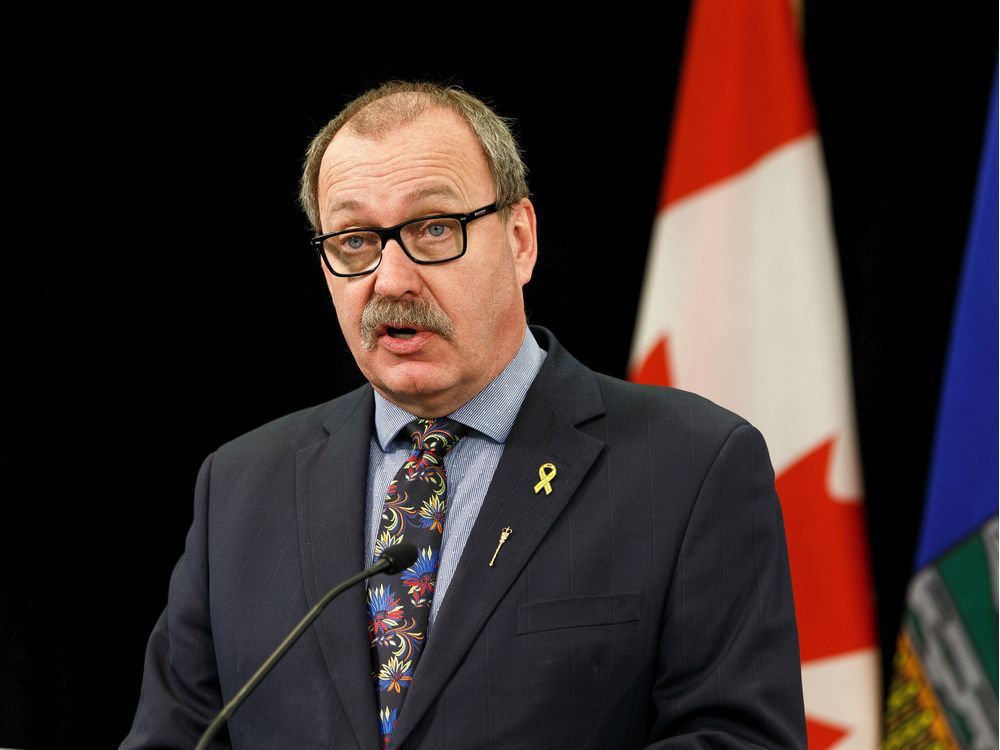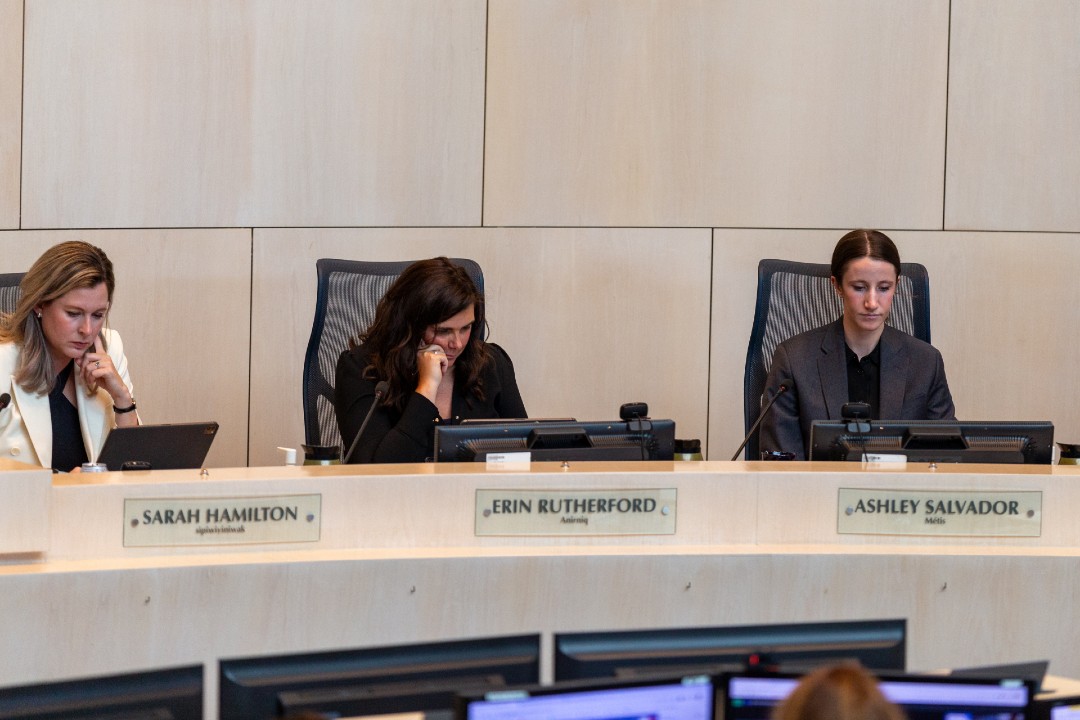husky
Active Member
Agreed, Adam was an excellent leader.Another very senior and impactful position will soon be open with Adam's departure. While I might have not always been overly supportive of the department's delivery models and performance, Adam was one of the most thoughtful and kind people at the CEO.
---
- Adam Laughlin, the deputy city manager for Integrated Infrastructure Services at the City of Edmonton is set to leave his position on Feb. 2, Postmedia reported. His departure marks the fifth high-ranking official to leave the city’s executive leadership team in the past year, following a series of departures that began in March 2023. Laughlin has been with the city since 2005 and played a key role in Edmonton’s infrastructure projects and pandemic response.-Taproot







